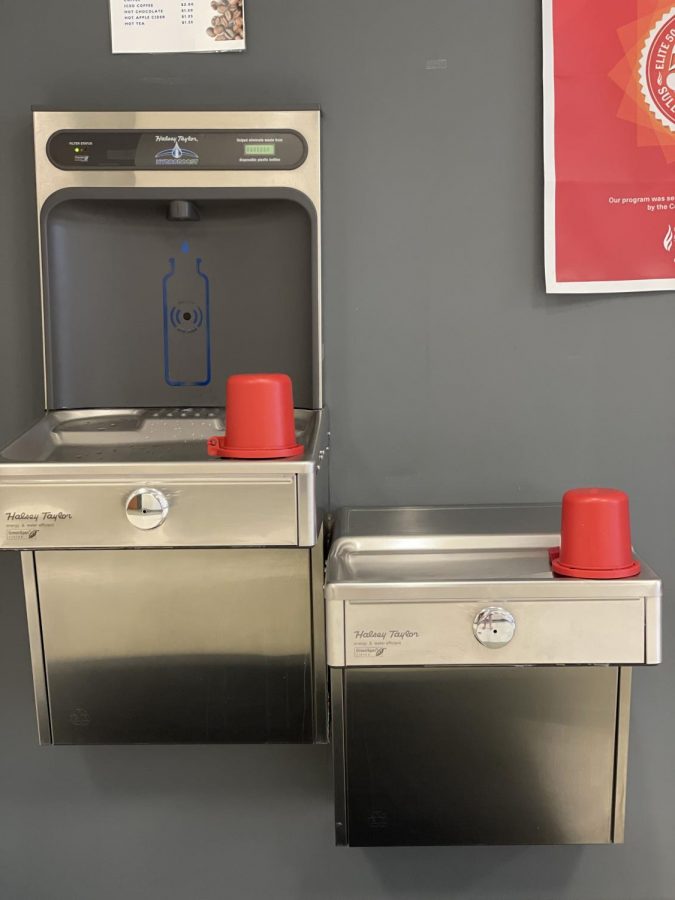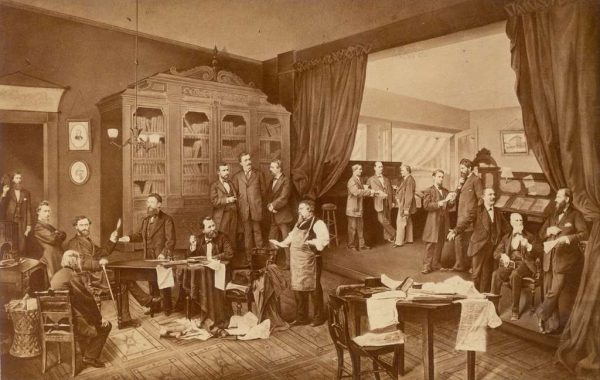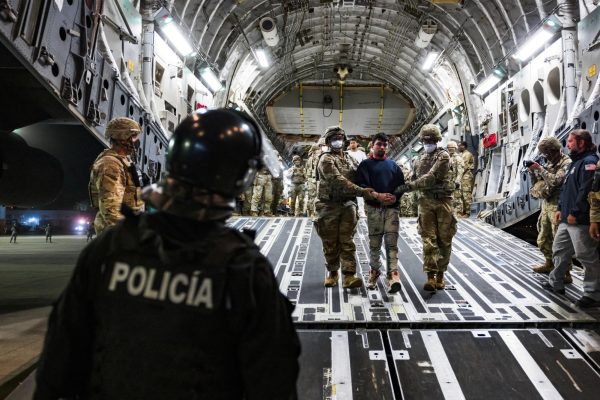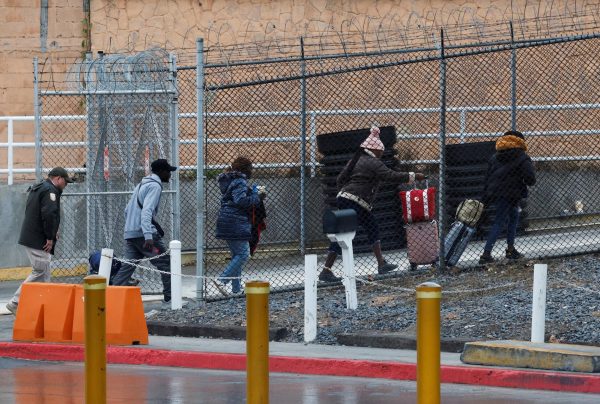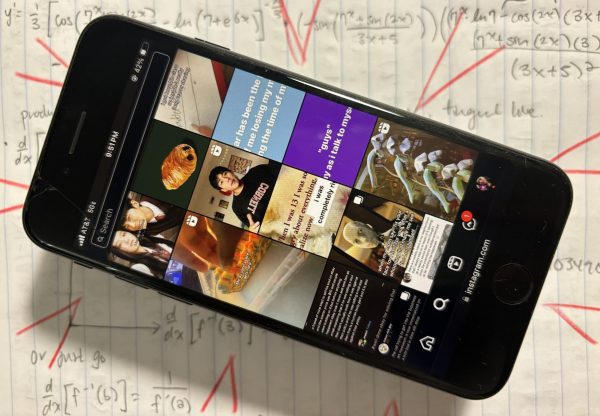Thirsty at CHS?
Lack of water accessibility at Clayton High School
I woke up one morning, late. My lunch wasn’t packed, shoes were untied and my hair was a mess.
During my zero hour class I realized I had forgotten my water bottle. By first period, I sat at my desk only thinking about how dry my mouth was. During second period I left class to search the halls for a water fountain. None to be found—only fill stations for water bottles.
I went to the cafeteria and asked for water, assuming it came with free lunch. The staff said they had no idea where I could find a water bottle or a cup. I walked to the vending machines in hopes of buying water, but in my morning rush, I had forgotten money as well. That Wednesday was rough.
Because of our on-going covid roller coaster, drinking fountains have been closed. Water is still available for water bottle users, but for those who forget or merely don’t use one, they are out of luck.
Water should not be hard to access at any high school, especially not at one as well-resourced as Clayton. We shouldn’t have to think twice about where we can get a drink.
A sample of 100 CHS students were asked if they have “wanted a drink of water, but couldn’t get one” since the beginning of school; 54% of them said yes. More than half of these students said they actually were in a position of not having water. WATER! A common human necessity.
“On the days I forget my water bottle, I don’t drink any water and then feel horrible at my after school sports,” said CHS sophomore Maria Mohr.
Effects of dehydration are serious. According to Cambridge University, dehydration can affect cognitive abilities such as numerical ability, attention and memory. These symptoms can show after only hours since last drinking water, resulting in decreased learning, test scores and athletic performance. Not only can this worsen student achievement, but teachers and administrators may lack teaching performance if they too are sometimes becoming dehydrated.
This is a silly problem with easy, cost effective and environmentally conscious solutions. Paper cups or paper cones dispensed near existing water filling stations would provide students and faculty open access to water. Touchless drinking fountains are now commonplace in many schools. Our school must take the initiative to serve its students and staff. This needs to be addressed now.
A $50 or more donation includes a subscription to the Clayton High School Globe 2024-2025 print news magazine.
We will mail a copy of our issues to the recipients of your choice.
Your donation helps preserve the tangible experience of print journalism, ensuring that student voices reach our community and that student democracy thrives.

Sidra Major is a senior this year. Sidra initially joined the Globe because she loves to write, but quickly became enthralled with the journalistic perspective. As the Digital...


